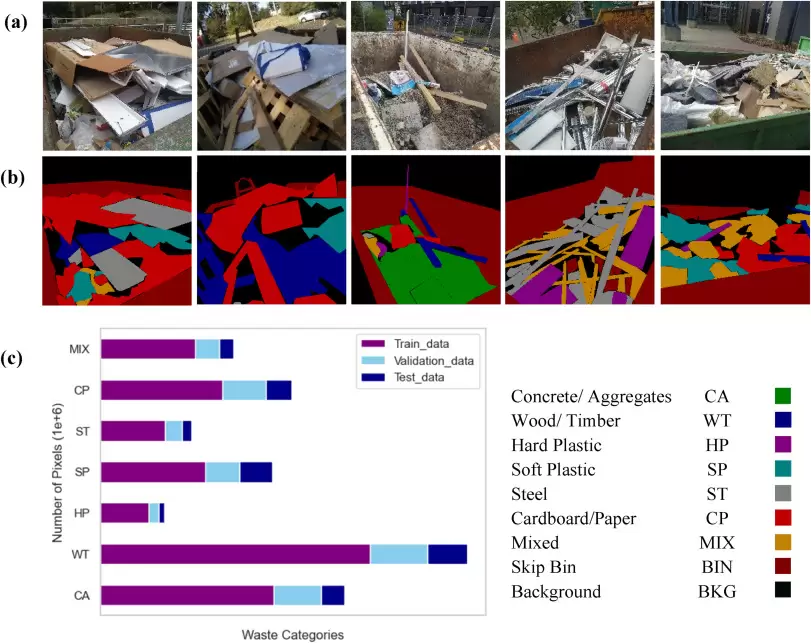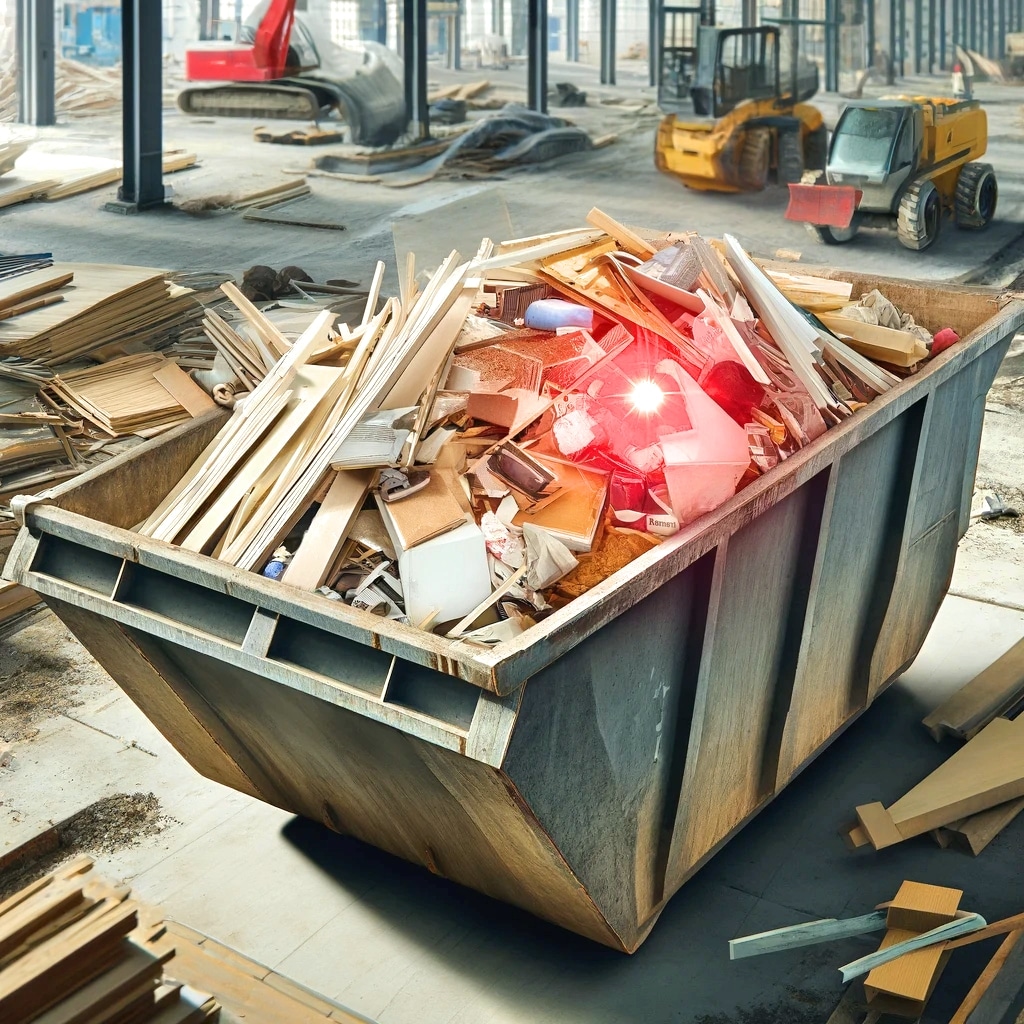Robotics and AI could hold the key to sorting through contaminated construction waste – with new and emerging technologies deployed to pinpoint recyclable steel, concrete and timber for use in future projects.
The technology not only has the potential to shake up the construction waste industry, responsible for 44% of all waste produced in Australia but could be instrumental in driving the global pivot to a fully circular economy.
That is, according to Monash University researcher Diani Sirimewan, who has published “Semi-supervised segmentation for construction and demolition waste recognition in the wild,” using deep learning and AI to create a “skip bin master”—trawling through Melbourne construction sites to recognise contained and recyclable materials.
“After construction and demolition waste is collected, it is often laid down on the floor, with labourers manually picking out the valuable materials such as timber,” Ms Sirimewan, a PhD candidate, told Create, Engineers Australia’s online publication. And “because labourers are manually sorting contaminated waste, there are also health and safety concerns, as well as the need to move heavy and bulky materials.”
That’s when Ms Sirimewan decided to use deep learning and AI to trace materials “in the wild” across Melbourne’s construction sites. “If you feed a new image to the model, the model recognises whether it’s concrete, timber or metal,” she said, adding that waste management giants are already using robotics to sort through domestic waste.

However, she said that limited datasets, technology, and knowledge for application in the construction industry have meant that there has been an unexpected frontier. To train the AI, she collected hundreds of skip bins, all packed to the brim with varying mixes of construction materials – using a Pythom-based automation tool to annotate the loads.
“Polygons were drawn around objects, such as concrete (steel and timber), which were assigned colours,” she said, “then I annotated all my data sets, which were used to train the deep learning models to recognise compounds that are not waste.”
“With anomaly detection, any contaminated particles can be recognised in recycled materials before sending them to a customer. Recycled materials go by on a conveyor belt, so any contaminants inside the recycled materials can be identified.”
However, the technology does not only sort waste; it can also detect hazardous substances, using a process that requires careful annotation to ensure utmost accuracy. “If there are any containments in the waste, we need to annotate them specifically.”
“For example, if there’s an asbestos particle, we would label it as such, so then the model can recognise asbestos—whether the particles are small or large,” she said. She added that the next step is to “detect the quality assurance of recycled materials” and is working with the Monash Innovation Labs to use robotic arms to improve material collation.
Moving forward, Ms Sirimewan hopes the new research will lead to investment in robotics and automation, improving Australia’s waste processing and recycling approach – a key pillar in the country’s pledge to become fully circular by 2030.
“We are trying to ensure safety and health, not take away job opportunities,” she said. In fact, automation will likely create more skilled roles. We still need workers to monitor the process and handle the machines and technology.”
- For more information about the circularity of timber and timber-based products, please review Wood Central’s special report.







